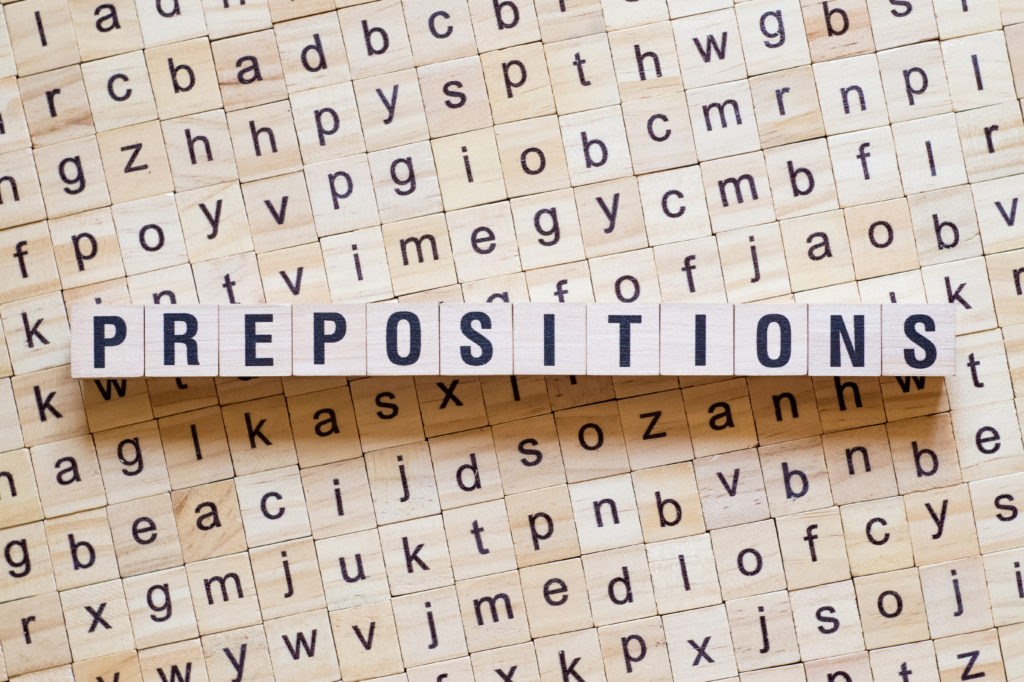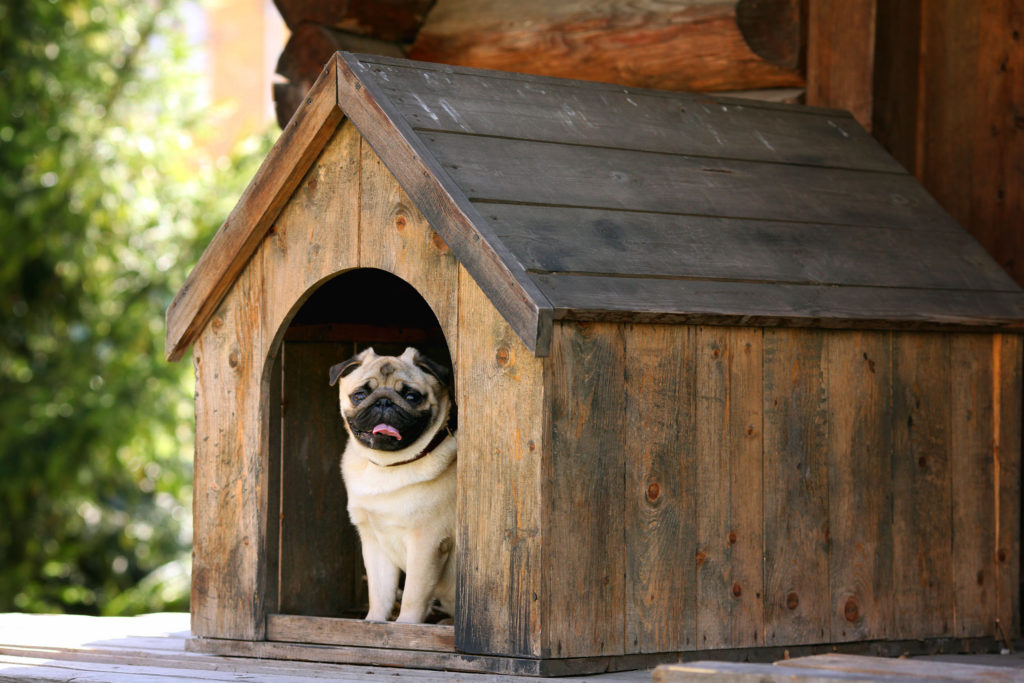Hello lovely students! Objects of prepositions pop up frequently in the English language. Take a look below to see what they’re all about.
What is the object of a preposition?
To start with, let’s tackle the main question at hand: what is the object of a preposition? In English grammar, the object of a preposition is a noun, noun phrase, pronoun or gerund that acts as a noun which come directly after a preposition.
More often than not, they are direct objects to the preposition. It might interest you to know that an object of a preposition is also called a prepositional complement.

Why do we use them?
These four types of objects of prepositions function as a way for the speaker or writer to give more information about an action and to complete the meaning of the overall sentence.
Take a look at this example for instance.
The dog walks into the house.
Here, into is the preposition. However, the house (which is a noun) is the object of a preposition.
If we were only to say the dog walks into, and end it with a full stop, it would not make any sense at all.
This is because the action of the subject appears unfinished (the subject being the dog).
Let’s try another one.
I gave an answer in class today.
Note here that in is the preposition, class is the object and I is the subject.
If we said, I gave an answer, the action of the subject would appear incomplete to the listener. If you were the listener, you may ask questions like “well where did you give an answer?”
It would be extremely confusing.
So there you have it: we use objects of prepositions to add more depth to our sentences.

Where is the object of preposition placed in a sentence?
Generally speaking, the object of the preposition comes after the preposition itself. It would be wrong to put the object before the preposition. Look at the following sentence to see what I mean.
I gave an answer class in today.
Seems a bit weird, doesn’t it?
The dog walks the house into.
Again, this isn’t quite right and is not grammatically correct.
It is extremely important to remember that when writing and speaking with the object of a preposition, we use this formula: preposition + object.

Does it only have to be preposition + object?
Not at all. In fact, to add even more description about the object, word groups such as adjectives, articles and adverbs can be used.
Let’s take a look at the classic the dog ran into the house example again. It is not simply the dog ran into house as this makes no sense. We add the in between the preposition and the object.
This is what we call a modifier. These modifiers make the sentence even more complete. Adding the into the example sentence above makes it easier for the listener to understand which house (the house implies that the listener knew before what house it was).
Sometimes we can have two or more modifiers, especially if the first modifier is an article and is followed by an adjective/adverb. The sentence below is an example.
The mysterious person walked into the beautiful park.
Let’s take a look at a few more examples with articles, adjectives and adverbs.
I am a freelance writer in the film industry.
She sent her resignation email to her angry boss.
I cannot believe Ashley yelled in the headteacher’s office.
They enjoy competing in synchronised swimming.
I like hearing all about people’s summer holidays.
So you see here, the structure changes a bit to preposition + modifier (adjective, adverb, article) + object of preposition.

The preposition before a noun clause or noun phrase
Prepositions can also go before noun clauses and noun phrases to complete the meaning of a noun. Here the phrases or clauses are the objects of a preposition.
A rise in unemployment.
The man in the black tie, talking to Selene.

An object of preposition being modified by another preposition
As English grammar is rather tricky at times, sometimes the object of a preposition can be modified by…yup you guessed it: another preposition. This is a lot easier than it sounds.
Take these sentences below. The prepositions have been underlined.
The charity event was held for hungry children in developing nations.
The house was under the bridge and by the river.
Both these sentences have two prepositional phrases.

So what is a prepositional phrase?
Prepositional phrases frequently come up in English. A prepositional phrase consists of a preposition, its object and the object’s modifiers. Most of the time a prepositional phrase modifies a verb or a noun. The object of a preposition falls under the prepositional phrase.
So, just think of them as the overall part of an object of a preposition.
Preposition refresh
If you’ve forgotten a few prepositions already, here are some common prepositions in the table below to refresh you.
| from | in | into |
| behind | on | at |
| to | under | over |
| beside | between | through |
| among | about | by |
Usually, the preposition describes the spatial and temporal relationship between two nouns. However, the object of a preposition, as you already know, adds more depth to the preposition and the prepositional phrase in total.
Can you try and form your own sentence? Look at and think about the preposition examples + object and include modifiers. Try for all of the prepositions listed and write your comments below.

Key rules to remember
There are two key rules to remember when using the object of a preposition in your writing or speaking.
1) Only object pronouns can be used for objects of prepositions
You can only use object pronouns such as me, you, him, her, us, them, and it.
Example sentences can be found below.
The dog sat on me not the dog sat on I.
He gave the letter to them not he gave the letter to they.
He spoke behind her back often not he spoke behind she back often.
Whom, instead of who must also be used as an object of a preposition after the preposition to.
He gave the letter to whom?
This makes more sense grammatically than who. However, in spoken English, it is more common that you will hear who, even if it is incorrect.

2) The object is never the subject
This one is really important to remember. The object of a preposition is never the subject of any given prepositional phrase. This means that the verb must only agree with the subject and not with the object of a preposition.
If the subject is plural, the main verb must be. If the subject is singular, the main verb must be.
Let’s have a look at this example.
He sends flowers to you every day.
The object of the preposition here is you. However, the subject is he so the verb must match.
He send flowers to you every day is incorrect.
Always take time to identify the subject.

Is that everything?
Absolutely not! Take a look at the video below on my channel, English with Lucy, to find out more about prepositions.